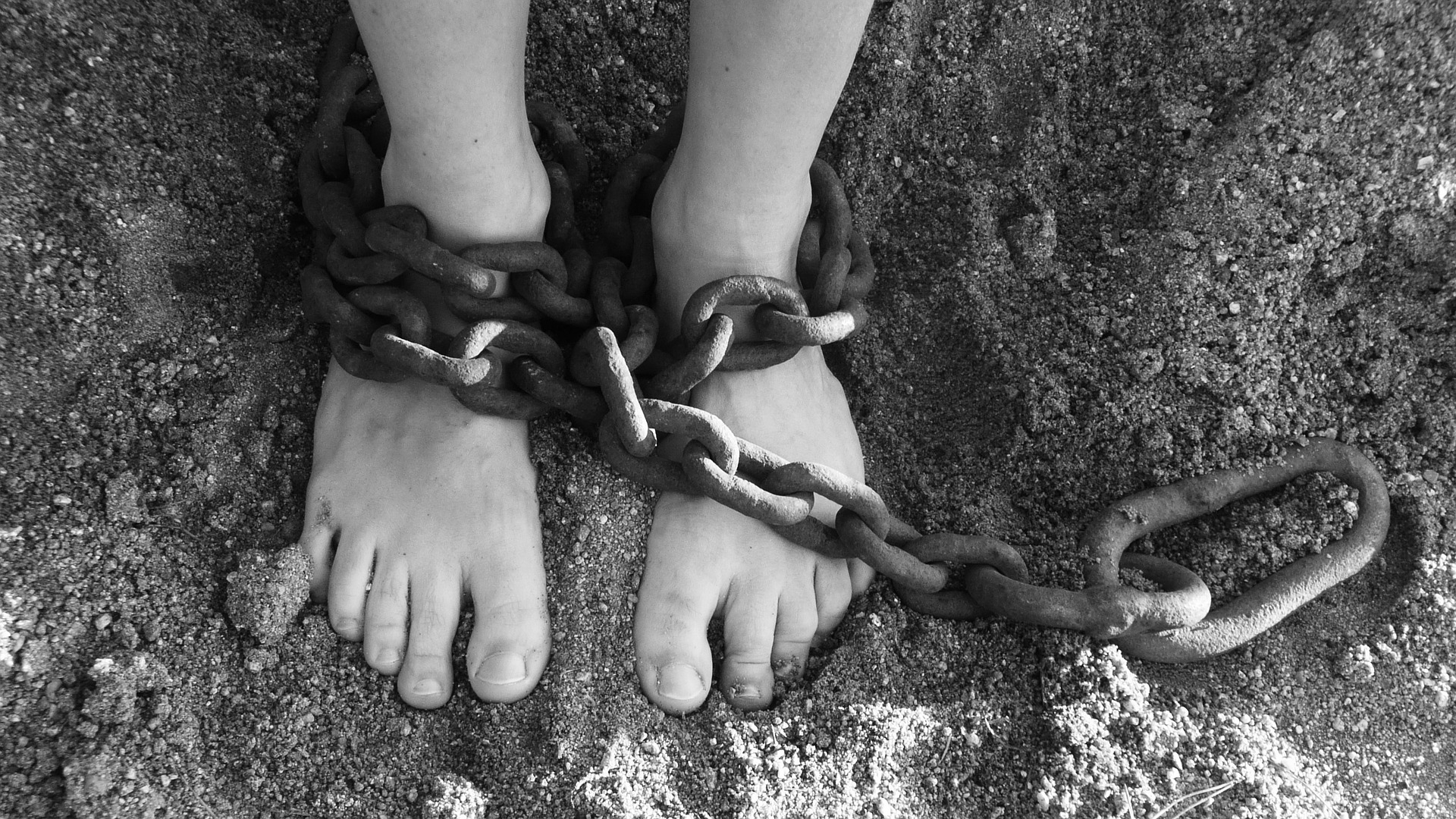America has got Starbucks, Kenya has got JAVA while the United Kingdom has Kilimanjaro, Apple Tree amongst others. These are coffee houses and they get plenty of customers. Most of these customers enjoy their favorite beverage without knowing what it took for the coffee bean to leave the plantation and end up being roasted for them to enjoy a cup.
Eighty percent of coffee farmers- -or 20 million people– are trapped in a cycle of subsistence farming, according to co-founder Noushin Ketabi. Often in remote areas, they have little access to markets and tend to rely on middlemen for exporting. (The situation is similar to peanut farmers in Haiti. I recently wrote about a supply-chain social enterprise aimed at them).
And we’re not talking about just a few middlemen. As many as 20 may be involved in the coffee supply chain, according to Vega. In many cases, the farmers grow the beans, then sort, grade and polish them , among other steps. Then they take the stuff to a cooperative, which sends it to a larger entity that’s an aggregation of cooperatives. It goes next to an exporter, various certification groups, coffee traders, and labelers, among many others. It takes six months to get coffee from the farm to the consumer.
Coffee is referred to as black gold but this gold is only enjoyed by a few people. There is a lot of exploitation that goes on in the coffee trade. With middlemen getting more money while farmers are paid peanuts. Coffee farmers especially in Kenya, Uganda, Ethiopia and Haiti are feeling the pinch.
Oxfam says Starbucks is depriving farmers in Ethiopia of $90m a year by opposing the Ethiopian government’s efforts to trademark three types of local coffee bean. At least 70,000 customers have contacted Starbucks to complain, prompting the firm to post leaflets in its shops defending its behaviour. It accuses Oxfam of “misleading the public” and says the campaign “needs to stop”.
This week Douglas Holt of Oxford University’s Said Business School drew a parallel with the supply-chain problems that made Nike an ethical pariah. “Just as consumers were disgusted by the fact that Air Jordans sold for $120 while Asian labourers produced the shoes in what amounted to slave-labour conditions, they will be equally disturbed by the fact that Starbucks is happy to sell coffee for $26 per pound while refusing to allow the coffee’s producers a shot at climbing out of desperate poverty,” he said. On November 28th Jim Donald, Starbucks’ chief executive, met the Ethiopian prime minister, Meles Zenawi, but no deal was reached.
Sourced from: http://www.economist.com/node/8355026
So when you are rushing to the coffee shop ask yourself if you are helping and supporting greed. What you eat is ale eating up a farmer somewhere who has to struggle to plough the land, weed it, plant and buy herbicides to ensure the crop is not attacked. They spend a lot for you to enjoy your cup but unfortunately they cannot afford the cup of coffee you drink. Due to such circumstance, coffee growing is associated with many social evils.

Slavery
Many coffee workers are effectively enslaved through debt peonage – forced labor to repay debts. Landed elite in coffee-producing regions own large plantations where a permanent workforce is employed.[1] On these plantations, the only source for essential goods is often the estate shop run by the landowners, since workers are prevented from shopping elsewhere by their long hours of work, lack of transportation, or constraints on travelling out of the estate.[6] Since they earn less than minimum wage and must pay inflated prices at the estate shop, workers wind up with little or nothing to show for their long hours of hard physical labor – worse, they can become indebted to the plantation and are thus forced to work as payment on their debts. It is not unusual for families who are part of the permanent labor force on a plantation to work and live there for generations, sometimes being pushed into debt by the cost of renting land or interest on loans for emergency healthcare.[7] Forced labor aside, the conditions of work in coffee production are unjust and often illegal.
Child Labor
Child labor is widespread in coffee cultivation. When the price of coffee rises, the incentive for struggling families to withdraw their children from school and send them to work increases; at the same time, a fall in coffee prices increases poverty in regions that depend on the crop, which can also prevent children from attending school. Since higher levels of education are tied to higher income over the long term, and children from poor families are those most likely to be sent to work rather than school, child labor maintains a cycle of poverty over generations, which is why it is important for the children to go to school and for the farmers to be paid a living wage so that the amount of money they make is not based on the price of a commodity.
Sourced from:http://www.foodispower.org/coffee/
